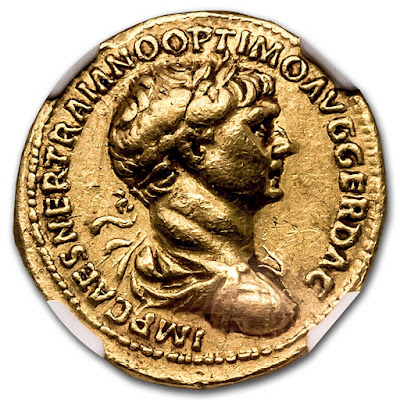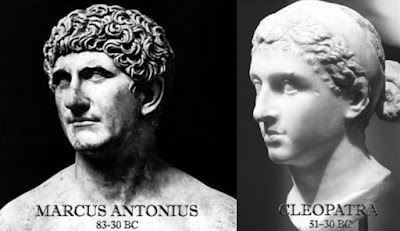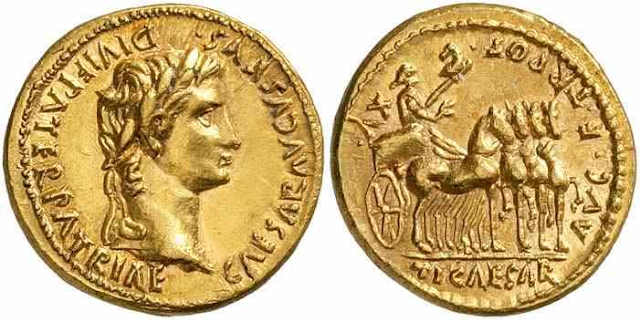Vetranio entered the army and served with distinction under the mighty Constantine I (AD 306-337), the first Christian ruler of Rome, who even during his lifetime came to be called "Magnus" -- The Great.
 | Upon Constantine's death, the Roman Empire was split between his three surviving sons: Constantine II, Constantius II, and Constans. In 340 CE, sibling bloodletting eliminated Constantine II and the survivors divvied up the spoils, with the West going to Constans. |
A coup toppled Constans early in 350, replacing him with Magnentius, who had no blood connection to the Constantinian dynasty. For 10 months, Vetranio played the man in the middle, alternately professing loyalty to Constantius and telling Magnentius he might be open to an alliance.
 | Magnentius quickly consolidated his power base. Commanding a large army at a critical crossroads between two rivals, Vetranio was in a delicate position. In December 350, Constantius marched west and met Vetranio at Naissus in modern Serbia. |  |

Constantius | On Christmas day Vetranio formally abdicated the throne. Constantius pensioned him off to an opulent estate in Bithynia. Unwilling to accept Magnentius as co-ruler, Constantius waged a civil war against the usurper, defeating him at the battles of Mursa Major in 351 and Mons Seleucus in 353. Magnentius died by suicide after the latter battle, leaving Constantius as sole ruler of the empire. |
Vetranio had played his difficult hand well, and enjoyed a far better fate than most others who claimed the top chair. Having two mints under his control, Siscia and Thessalonica, Vetranio struck coins both in his own name and that of Constantius II. His bronze coinage is scarce, the silver rare, and the gold extremely rare.























































